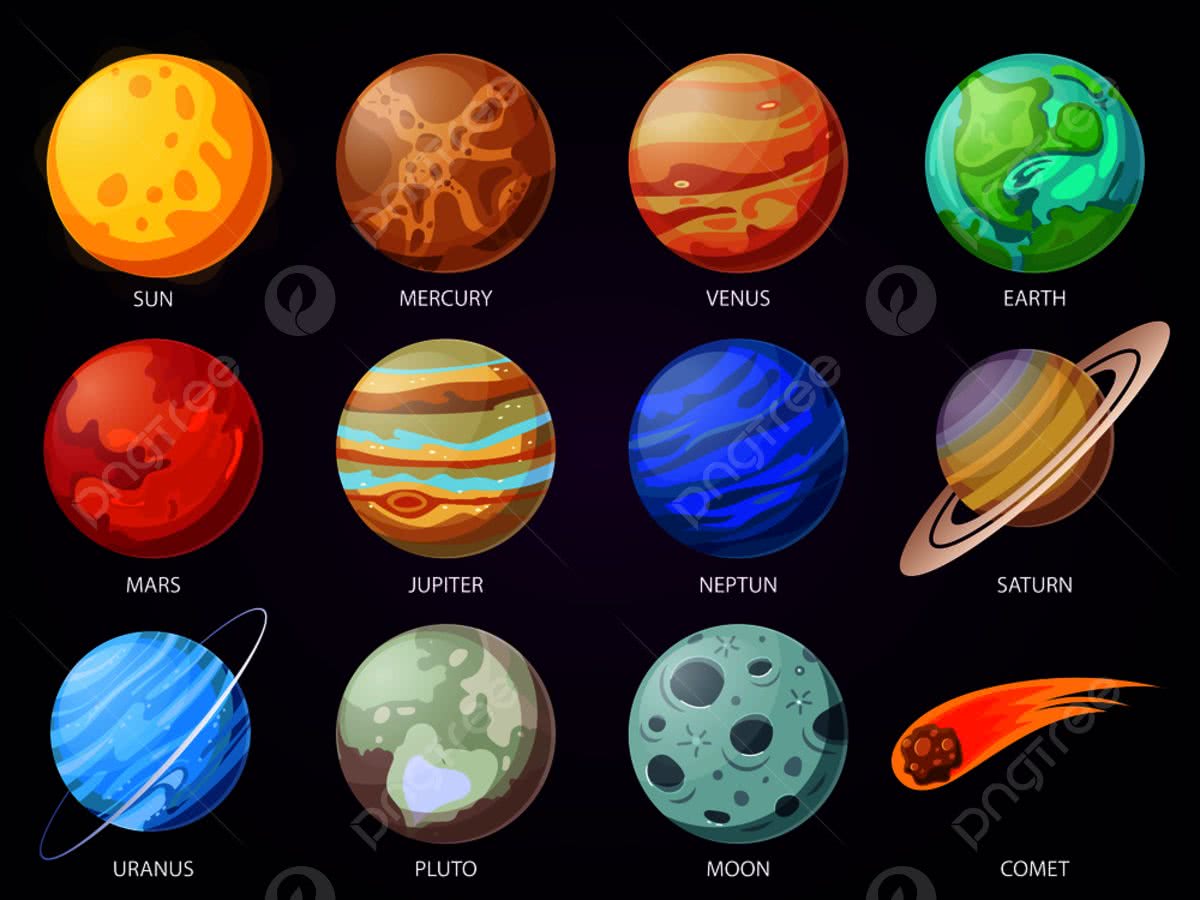In the vast tapestry of the cosmos, our understanding of planetary formation and existence has undergone a paradigm shift. The advent of advanced observational technologies has catapulted astronomers into an era where the quest for exoplanets—worlds beyond our solar system—unfolds with an unprecedented cadence. The phrase “Planet Mania” encapsulates an exuberance that is often palpable within the astronomical community. This excitement is fueled by the continuous discovery of new worlds, inviting humanity to broaden its horizons and to embrace the unknown.
The universe, once thought to be sparsely populated with celestial bodies, now unveils itself as a veritable cosmic nursery, teeming with a plethora of planetary formations. Each discovery is akin to a brushstroke on the expansive canvas of the universe, adding depth and color to our understanding of celestial mechanics. The proliferation of detected exoplanets, exponentially increasing since the first confirmed find in the 1990s, sheds light on the dynamism of planetary formation and the profound diversity of planetary systems.
Utilizing sophisticated methodologies such as the transit method, where astronomers detect the dimming of a star’s light as a planet transits across its disk, researchers have cataloged thousands of exoplanets. The Kepler Space Telescope, a cornerstone of this exploratory movement, has significantly enriched the astronomical lexicon. Its findings have encompassed rocky worlds resembling Earth, gas giants akin to Jupiter, and myriad other exotic forms, challenging preconceived notions regarding habitability and formation.
Moreover, the metaphor of planetary harvesting emerges as an illustrative analogy. Just as a farmer cultivates crops, astronomers sift through cosmic fields to glean those fleeting moments of planetary transits. This meticulous harvesting process reveals a garden of potential habitats, some residing within the tantalizing “Goldilocks Zone” where conditions may ostensibly favor life. Such prospects not only tantalize the imagination but also ignite scientific inquiry into the possible biosignatures these distant worlds may harbor.
Planetary diversity fuels intrigue; for instance, the discovery of “hot Jupiters”—gas giants with blisteringly short orbits around their stars—complicates traditional models of planetary formation. These behemoths defy earlier expectations, forcing theorists to grapple with the complexities of migration. The interplay of gravitational forces and stellar interactions can lead to intriguing scenarios, where previously stable systems may shed their members or gain unexpected companions, leading to configurations that challenge the sanctity of established paradigms.
Additionally, the landscapes of exoplanets present an equally captivating narrative. The identification of rogue planets—bodies adrift in interstellar space—invites speculation about the genesis of such wanderers. What processes could unmoor a planet from its solar cradle? This enigma beckons researchers to delve deeper into the dynamics of celestial mechanics and planetary evolution. Every new shape, size, and atmospheric condition discovered prompts astrophysicists to rethink the overarching narrative of planetary formation.
The quest for understanding extends beyond mere description. With the integration of interdisciplinary methodologies, astronomers now collaborate with geologists, chemists, and biologists to piece together the complex puzzle of planetary existence. Through models predicting the atmospheric traits of exoplanets, researchers speculate about potential weather patterns, climatic conditions, and perhaps, even the presence of liquid water—all essential for fostering life as we conceive it.
Yet, the allure of cosmic exploration is not merely academic. It resonates with a fundamental human yearning—a quest driven by curiosity. The notion of life elsewhere kindles ambitious contemplations. The possibility of extraterrestrial intelligence evokes philosophical inquiries concerning humanity’s place in the universe. Such contemplations resonate within the collective psyche, blurring the boundaries between scientific pursuit and existential inquiry.
The technological landscape supporting planetary research has also undergone a transformative evolution. Next-generation observatories, equipped with advanced spectrometers and imaging capabilities, are taking the reins of discovery. Instruments such as the James Webb Space Telescope promise to provide unprecedented scrutiny of exoplanet atmospheres, unlocking secrets hidden within spectral signatures and potentially revealing chemical compositions indicative of life.
As the celestial search continues, the interplay between zeal and skepticism remains pivotal. While the revelry surrounding new findings is invigorating, it must be tempered with rigorous scientific validation. The proliferation of data demands a scrupulous approach to analysis; it is within the crucible of critical scrutiny that the path to further enlightenment will flourish.
Planet Mania, therefore, serves as a metaphorical lighthouse, guiding both scientists and enthusiasts alike toward uncharted territories. With each new world discovered, the narrative of the universe is rewritten—an ever-expanding dialogue that encompasses the philosophical, the scientific, and the poetic. As humanity stands at the precipice of cosmic understanding, the questions posed by the multitudes of planets encourage deeper explorations into the core tenets of existence.
In summation, the fervor surrounding the exploration of exoplanets is more than a mere quest for knowledge; it is a reflection of humanity’s innate curiosity to unravel the mysteries of the cosmos. The era of Planet Mania, thus, marks a profound juncture in our intellectual odyssey, inviting us to reconceptualize our understanding of life, existence, and our role in the grand, unfathomable theater of the universe.












